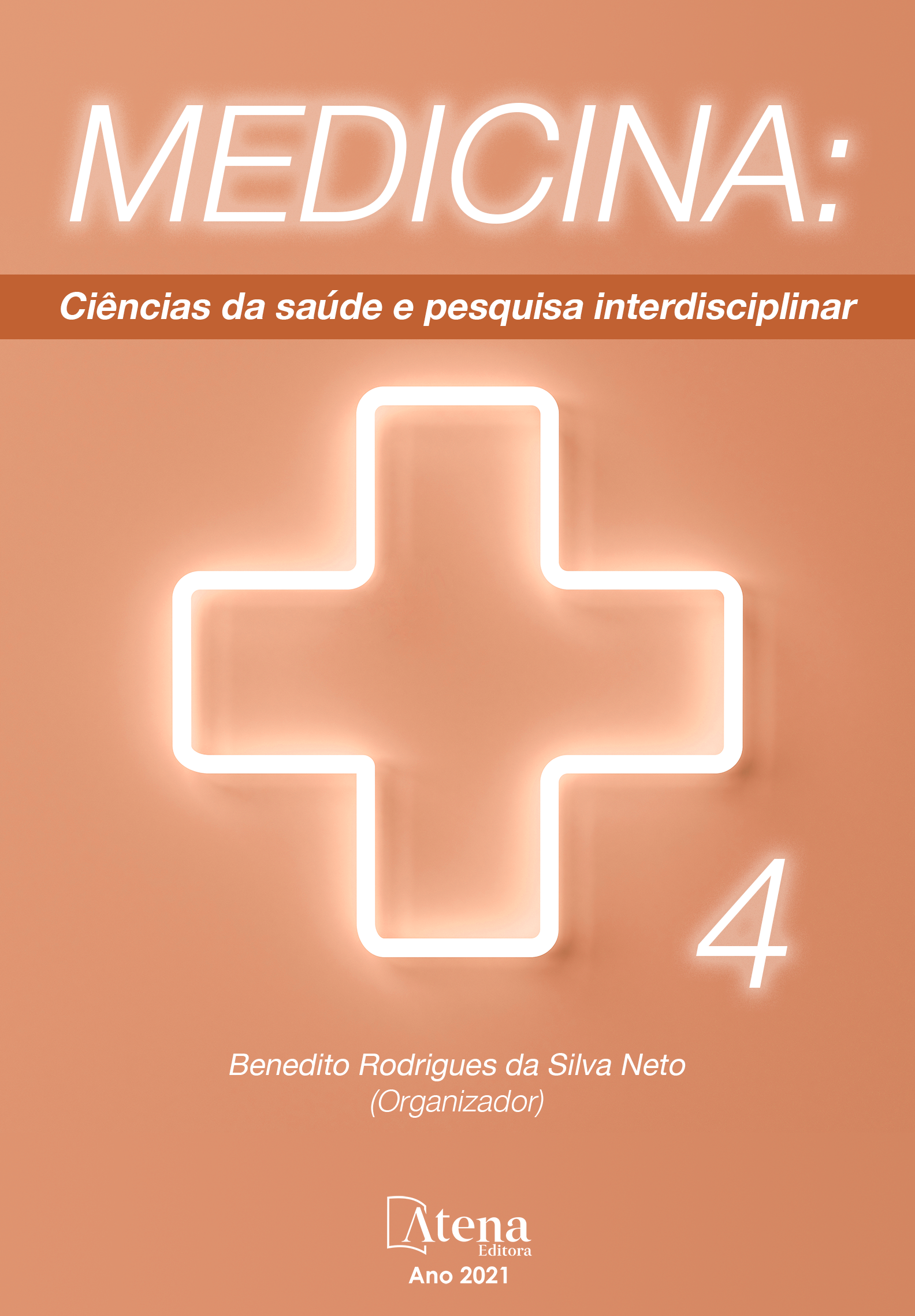
MORBIDADE E MORTALIDADE POR HEPATITES VIRAIS EM RORAIMA, 2006-2020
Este estudo tem o objetivo de descrever a magnitude e a evolução da morbidade e a mortalidade por hepatites virais no Estado de Roraima no período de 2006 a 2020. Métodos: Trata-se de um estudo descritivo e retrospectivo. Os dados de morbidade foram levantados do Sistema de Informação de Agravos de Notificação (Sinan) e os dados de mortalidade foram extraídos do Sistema de Informação sobre Mortalidade (SIM) disponibilizados pelo Departamento de Vigilância Epidemiológica estadual. Foi realizada uma análise descritiva da frequência absoluta, percentual e das taxas de incidência/detecção e de mortalidade. Resultados: Foram confirmados 3.258 casos de hepatites virais em Roraima. Destes, 46% por hepatite A, 45,5% por hepatite B, 7,4% por hepatite C, e 1,1% por hepatite D. 61% dos casos apresentaram a forma clínica aguda, 39% a crônica, e 0,1% a fulminante. A hepatite A teve uma redução de 98,4% no número de casos no período, a taxa de incidência por 100 mil habitantes diminuiu 99,7%, passou de 61,38/100 mil hab. em 2007 para 0,16 em 2020. A hepatite B teve aumento de 42,6% no número de casos, e a taxa de detecção diminuiu 3,1%, em 2020 foi de 15,68/ 100.000 habitantes. A taxa de detecção para hepatite C diminuiu 29%, em 2020 foi de 2,53/100 mil habitantes. E, quanto a hepatite D, sua taxa diminuiu 100%, em 2020 foi zero. Ocorreram 90 óbitos por hepatites virais no período. As hepatites crônicas representaram 47,8% das mortes, seguido da hepatite B aguda (33,3%), de outras hepatites virais agudas (12,2%), das hepatites não especificadas (5,5%) e da hepatite A (1,1%). A taxa de mortalidade por hepatite B aguda aumentou 100% no período, variou de 0,00 em 2006 para 4,75 em 2020 e a taxa de mortalidade por hepatite viral crônica aumentou 1.290% no período, variou de 0,49 em 2006 para 6,81 em 2020. Conclusões: O presente estudo possibilitou uma visão ampla da morbimortalidade por hepatites virais de forma a contribuir para o conhecimento do perfil epidemiológico desses agravos no estado. A magnitude dos dados encontrados mostra a importância das hepatites virais como problema de saúde pública em Roraima. A prevenção, o diagnóstico precoce e tratamento das hepatites B e C são fatores importantes para reduzir a letalidade. A contribuição desse trabalho é fornecer uma linha de base para novos estudos de tendência de mortalidade e de avaliação do impacto de novas intervenções, considerando a ampliação do diagnóstico e da oferta de tratamentos.
MORBIDADE E MORTALIDADE POR HEPATITES VIRAIS EM RORAIMA, 2006-2020
-
DOI: 10.22533/at.ed.6932103099
-
Palavras-chave: Hepatites virais; Morbidade; Mortalidade; Vigilância epidemiológica; Roraima.
-
Keywords: Viral hepatitis; Morbidity; Mortality; Epidemiological surveillance; Roraima.
-
Abstract:
This study aims to describe the magnitude and evolution of morbidity and mortality from viral hepatitis in the State of Roraima from 2006 to 2020. Methods: This is a descriptive and retrospective study. Morbidity data were collected from the Notifiable Diseases Information System (Sinan) and mortality data were extracted from the Mortality Information System (SIM) provided by the state Department of Epidemiological Surveillance. A descriptive analysis of the absolute frequency, percentage and incidence/detection and mortality rates was performed. Results: 3,258 cases of viral hepatitis were confirmed in Roraima. Of these, 46% for hepatitis A, 45.5% for hepatitis B, 7.4% for hepatitis C, and 1.1% for hepatitis D. 61% of the cases presented the acute clinical form, 39% the chronic one, and 0 .1% to fulminating. Hepatitis A had a 98.4% reduction in the number of cases in the period, the incidence rate per 100,000 inhabitants decreased by 99.7%, from 61.38/100,000 inhab. in 2007 to 0.16 in 2020. Hepatitis B had an increase of 42.6% in the number of cases, and the detection rate decreased by 3.1%, in 2020 it was 15.68/100,000 inhabitants. The detection rate for hepatitis C decreased 29%, in 2020 it was 2.53/100 thousand inhabitants. And, as for hepatitis D, its rate decreased 100%, in 2020 it was zero. There were 90 deaths from viral hepatitis in the period. Chronic hepatitis accounted for 47.8% of deaths, followed by acute hepatitis B (33.3%), other acute viral hepatitis (12.2%), unspecified hepatitis (5.5%) and hepatitis A ( 1.1%). The mortality rate from acute hepatitis B increased 100% in the period, ranging from 0.00 in 2006 to 4.75 in 2020 and the mortality rate from chronic viral hepatitis increased by 1,290% in the period, ranging from 0.49 in 2006 to 6.81 in 2020. Conclusions: This study allowed a broad view of morbidity and mortality from viral hepatitis in order to contribute to the knowledge of the epidemiological profile of these diseases in the state. The magnitude of the data found shows the importance of viral hepatitis as a public health problem in Roraima. Prevention, early diagnosis and treatment of hepatitis B and C are important factors in reducing lethality. The contribution of this work is to provide a baseline for further studies of mortality trends and assessment of the impact of new interventions, considering the expansion of diagnosis and the offer of treatments.
-
Número de páginas: 15
- EMERSON RICARDO DE SOUZA CAPISTRANO
- José Vieira Filho
- MARIA SOLEDADE GARCIA BENEDETTI


